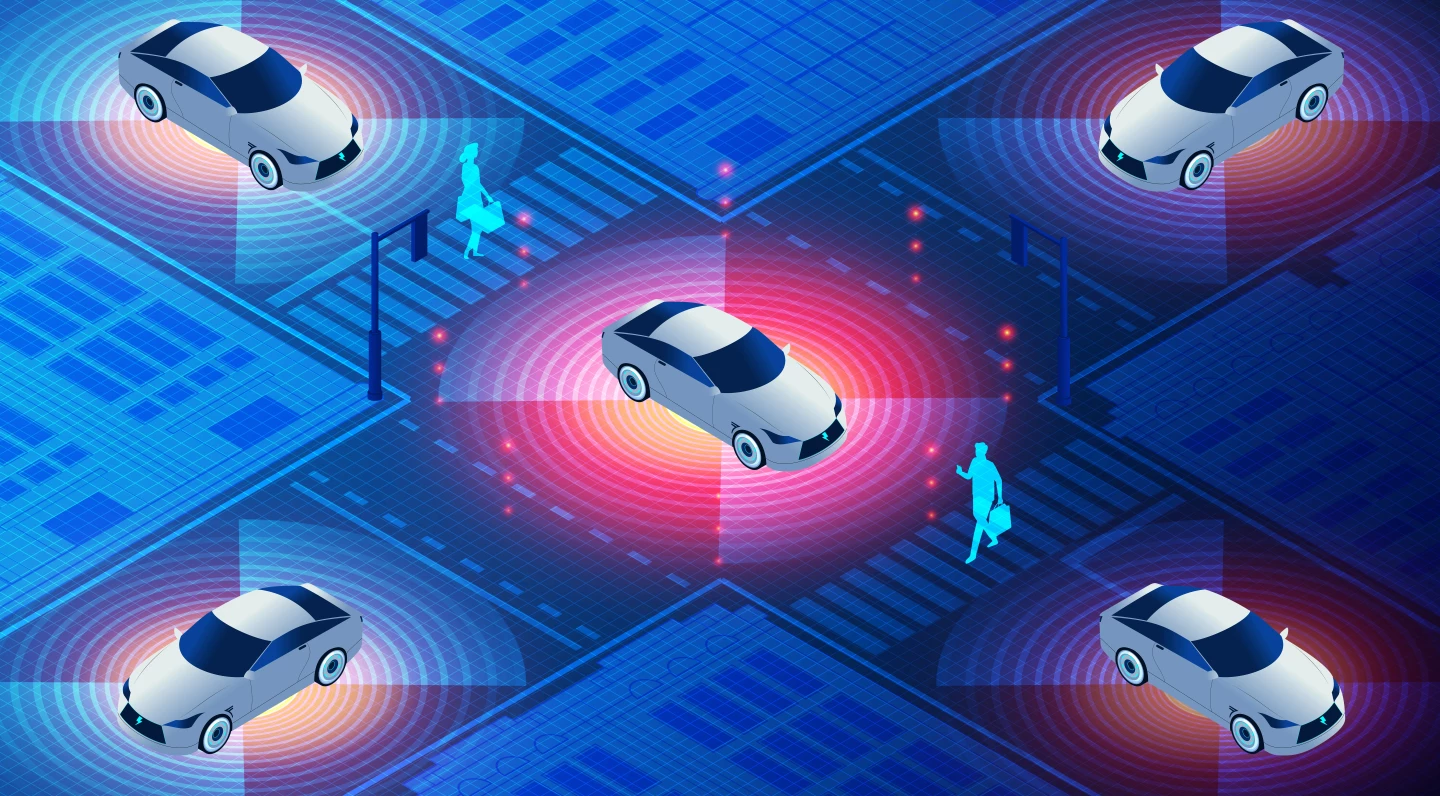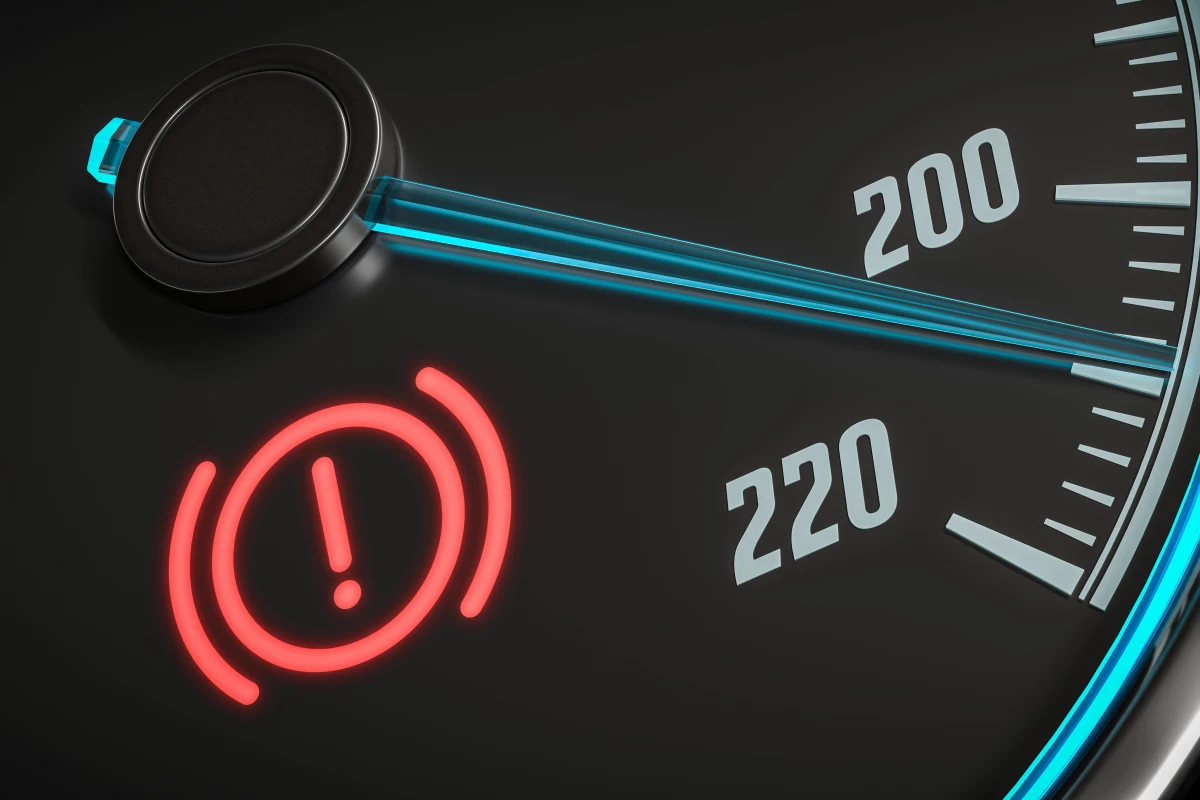Most modern cars offer Advanced Driving Assistance Systems (ADAS) that work hard to keep drivers safe. For example, the Lane Departure Warning on my 2023 SUV sounds an alarm if, intentionally or not, I drift laterally across a white line. It’s designed to prevent my veering off course from distraction or sleepiness.
Research has established that such systems do prevent crashes. Nevertheless, some drivers find their winks and prods irritating and often unnecessary. Recently, a carefully constructed study has shown that use of them also modifies driver behavior and that the change is often for the worse.
The study, by researchers at universities in the United States and Hong Kong, drew its data from telematics collected in the US by a major, and unnamed, car maker. The telematics data, whose widespread collection by manufacturers has spurred efforts to protect driver privacy, provided information on vehicle performance, such as speed and acceleration, and vehicle trips, such as when and where vehicles were running.
The data also offered, in aggregate, details on driver attributes such as age, gender, and income level. By tracking the ages of the cars in the study, the researchers could also see how driver behavior changed over time.
The authors set out to distinguish effects on drivers from two kinds of ADAS: those that demand immediate corrective action and those that are merely informative. They predicted that drivers using only the demanding alerts would operate their vehicles less carefully than they might have without them while those using only the informative alerts would drive more carefully. And this turned out to be so.
For examples of demanding ADAS, they focused on Forward Collision Warning, which sounds an alarm when the system infers that the car is in danger of colliding with an object ahead of it, and the Lane Departure Warning referenced above. In the US, they found, these two systems were almost always optioned as a bundle.

For an example of a merely informative ADAS, they looked at cars equipped only with Blind Spot Detection, which restricts itself to flashing a visual alert when another vehicle is approaching alongside from the rear.
As a control group, they used a sample of cars that had none of the aforementioned ADAS systems. All three samples together added up to 195,743 cars, located across the US.
To gauge driver behavior, the study focused on speed and braking. On the speed front, it looked not at whether drivers were exceeding posted speed limits but at how fast they drove in relation to the average speed of all drivers on the same stretch of roadway.
Speeding was defined as driving at more than one standard deviation faster than the average speed. Hard braking was defined as decelerating at rates in excess of 6mph (10km/h) per second.
“Reduced hard braking and speeding events point to improved general driving behavior,” the authors observed.
The study found that drivers using only the Forward Collision and Lane Departure warnings had about 5% more speeding incidents and 6% more hard braking incidents, daily, compared with drivers not using ADAS at all.
In contrast, drivers using only Blind Spot Detection had 9% fewer speeding incidents and nearly 7% fewer hard braking incidents, compared with drivers not using ADAS.
Over time, both effects increased slightly.
In speculating about reasons for these behavioral effects, the authors proposed that ADAS prompts that demand urgent action from drivers trigger what they call System 1 cognitive processing, which is rapid and automatic. Drivers reacting this way may experience the frequent warnings as signs that the ADAS is making them safer, and therefore feel comfortable to act with less caution.
They proposed that ADAS that is merely informative, such as Blind Spot Detection, is more likely to generate System 2 thinking, in which people reflect on their experience, learn from it, and deliberately adjust their behavior.
As a test of these ideas, they compared the behavior of men using each system with that of women. Various studies have suggested that females would be slower than males to add risk from experiencing urgent ADAS prompts and faster than males to learn reflectively from informative prompts, they said. Sure enough, such a sex difference was reflected in the results.
It's worth emphasizing that even with the reported behavior changes, both types of ADAS system were effective in reducing collisions. Forward Collision and Lane Departure warnings together cut collision rates by 15%, and blind-spot monitoring by 19%, the authors reported.
However, they said car companies should think about how to mitigate the negative behavioral effects of urgent ADAS warnings. We can hope that their research encourages systems that expose us less to jarring bells and bleeps.
The study, titled General Behavioral Impact of Smart System Warnings: A Case of Advanced Driving Assistance Systems, was published in the journal Production and Operations Management
Source: AutoTech News.






